GamesBeat: Asian buyers were nine out of the top 10 buyers of game companies in 2013, and 2012 as well. That tells me which side is the one to bet on.
Mahoney: It remains to be seen how those play out. A lot of times, foreigners buy American real estate as well, and it ends up working out badly for them, and vice versa.
GamesBeat: There hasn’t been much buying of public companies. That may account for something.
Mahoney: What we’re interested in—You could also talk about casual versus immersive games. Prior to doing the IPO a little over two years ago, one of the biggest questions we got asked by public company investors was, “It’s great that you’re growing at 25 percent a year. It’s great that you run a 40 to 45 percent operating income margin. What’s your Facebook strategy?” Our honest answer was, “We don’t have one, because we don’t believe in Facebook as a platform for delivering the games we want to deliver.”
GamesBeat: There was some experimenting there.
Mahoney: We did some experimenting. I’m glad that’s all we did, instead of doing a major acquisition. Some of the companies in our industry spent several hundred million dollars apiece to go headlong into Facebook as a platform, in the central belief that—As hard as it is to believe now, many people thought that there was a transition from console to Facebook. We laugh at that now, but at the time, it was one of the top questions that we got asked, as a pre-IPO company, and for a little while after the IPO as well.
We go through these waves of belief systems that come in and out of favor. Our belief has remained that an immersive game, if well-designed and well-structured, keeps people around for a long time. If it’s synchronous gameplay, that’s fundamentally a more compelling value proposition for immersive game players. Online is where you want to be.
The question about tablet or mobile versus PC is sort of a non-issue. We all know the two platforms are converging in some form or another, or at least that’s what we believe is happening. I keep looking at my Macbook Air and my iPad and finding less and less of a difference between those two platforms, either the front-facing part or under the hood. In a couple of years they’ll be the same device.
GamesBeat: People see the pinnacle of the game business now as something like Naughty Dog and The Last of Us. Do you think companies like Nexon have a shot at creating that kind of content?
Mahoney: I want us to make games, and I want the industry to make games, that we find so compelling that we just fall in love with them. There’s a lot of different ways to do that.
Two weekends ago, my son and I were playing Civilization V. He’d never played it before. He’s 10. That’s an offline game, primarily, but I had forgotten what an incredible game that is. It wasn’t the graphics. It wasn’t the sound. It was the gameplay that made me just love that game. We had such interesting conversations afterward, after playing for about four hours together.
In online games, we’ve got several in the pipeline, and we’ve got several existing, where you can tell the game-maker was in love with the game they were making. You see details that make you love the game. Every once in a while that’s a graphical component or a polish component, but it’s about everything that makes you come back to the game. Two other great examples in the west are Terraria and Minecraft.
That’s why we’re in the games business. That’s what Nexon aspires to do, as game-makers. We want to do that through the lens of free-to-play, which we believe in strongly. We also believe it’s done badly by many companies, in many different circumstances. We want to do that with synchronous, immersive, online games. That’s the area in which we decide to play. We’re not doing casual games. We’re not doing offline games. We’re not doing subscription games. We’re doing this one area of free-to-play, online, immersive games. But as far as the quality bar we’re going for, we want to have people love our games.
Since the announcement that we made about a month ago, we’ve had a lot of conversations with people inside the company. There’s a large consensus that we need to stop doing everything that’s not about that. I wish the rest of the game industry would do the same thing. We’d have much higher-quality games.
GamesBeat: Given the way you guys are set up and the revenues coming in, how big of a team do you throw at a project these days? How long do you let them work, so that you can hit that higher quality bar?
Mahoney: First of all, in our studio we have new game development and live game development. New game development, we typically have shorter development cycles and smaller teams than a typical triple-A western game developer would. We might go through a cycle of two to three years for a new game, and we’ll have a development team of somewhere between five and 50 people. Then we’ll launch it and see how it does. If the retention numbers are good, we’ll keep investing in the project. If they’re not, we’ll cut it off and go to the next one.
There are variations on that. Sometimes, if we decide we want to cut off a game, we’ll combine an idea from one game and another idea from another game, and combine the teams together and double down that way.
The core of it is game-making, but sometimes we’ll do some testing as we launch it into the market through a succession of wider and wider closed betas. When we get to something we feel is good and we see retention numbers we like, we’ll continue to invest. We’ll throw it into open beta and then commercial launch. But it’s typically a smaller team and a shorter cycle to get to that.
The good news is, once we get the game out and we can see the numbers, we’re investing in an ROI-positive way, without having to guess whether people like a game or not. We try to get to that point as fast as we can.
GamesBeat: With external developers, would that be very much different? Are they working on their own timetables?
Mahoney: They are, but we’re only investing in companies where we think they have a creative orientation, the same way that we do. Using John Schappert as an example, he was at Zynga, but he also came from an orientation of being a core gamer. We felt like we could add a lot to his processes. He has a very good sense of western gamers’ tastes, but a good appreciation of what free-to-play is about as well. He had an agenda on the things he really wanted to learn.
He’s been out to Korea and met with our teams several times since we made the acquisition. He can blend the learnings we made five or 10 years ago into his development process, at the outset of his development. With the games he has under development, he’s taking those ideas and that knowledge and putting it into the game development. Of course, what he’s learned from us has been a lot different from what he learned from the western free-to-play business.
GamesBeat: Do you have a goal as far as a larger percentage of mobile revenue?
Mahoney: Right now it’s about 20 percent. Again, I think the platforms are converging. At some point, it’ll be all mobile or all PC. It’ll be all the same thing. That’s how we think about it. We’re not solving toward a mobile percentage. What I expect is a natural outcome of the types of things we’re doing, as mobile devices become stronger under the hood.
GamesBeat: What’s your view of the consoles, now that all the big ones have launched?
Mahoney: I don’t know. What do you think? We don’t spend much time thinking about console. I’ve bought Microsoft’s and Sony’s. You and I talked about this at E3. I just have a belief that great game quality comes from much more than graphics fidelity. I wish the industry would spend less time and less money putting more pixels on the screen and more time figuring out what’s going to make us fall in love with a game.
Did you see that movie Gravity? Of course the special effects were phenomenal, but I’ve seen a lot of terrible movies with phenomenal effects. Then I saw Gravity and I thought, “There is technology applied to art for a higher purpose, to further a great story.” You could have made that a lost-at-sea movie. You could have taken the script and applied it to a lot of different environments. But it really worked in space, in orbit, trying to get back home.
My view on the games business, and consoles in particular, is that there’s a lesson we could all learn from that. We could take all this great technology we have – online, graphics, gameplay, physics – and apply it to more fun.
Another good one is Pixar. I remember seeing the original Toy Story and thinking, “This is not only an amazing technical feat. What makes it great is that it’s a terrific buddy story. It’s a great script with great acting.” It’s a story that touched me. I think everyone had that experience. In the games business, we could do a lot more of that.
When I see the sheer number of copycat products, I’m disappointed in the motivations of the people that are making them. Here we are at GDC and a lot of the talk in the halls is still about the rising prices of marketing. It’s very much along the lines of what we talked about at your conference a few months ago. There was this fast follower strategy. It came out of the business four years ago on Facebook. You’re not any smarter than the next guy. Stop trying to make something original. Just copy what works and do it faster than everyone else.
“Fast follower” means “copycat.” “Copycat” means “commodity.” When you have a commodity, the only way you’re going to differentiate that commodity is through marketing, so of course your marketing costs are going up. But what are we doing trying to make commodities? Leave that to the oil business, where you have a by definition a commoditized product. We’re not in a commodity business. We’re in a creative business.
If we stop doing that and instead go back to what’s really fun to play, we’ll have a much better time as an industry. That’s what we’re trying to do at Nexon. When we do that well, it works for us.
VentureBeat's mission is to be a digital town square for technical decision-makers to gain knowledge about transformative enterprise technology and transact. Learn More

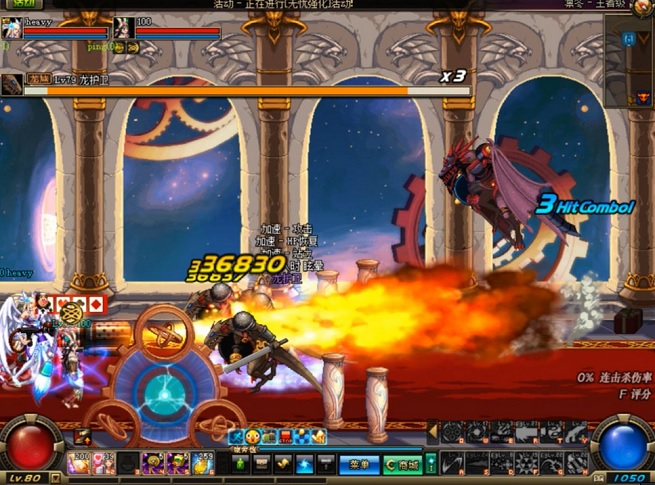
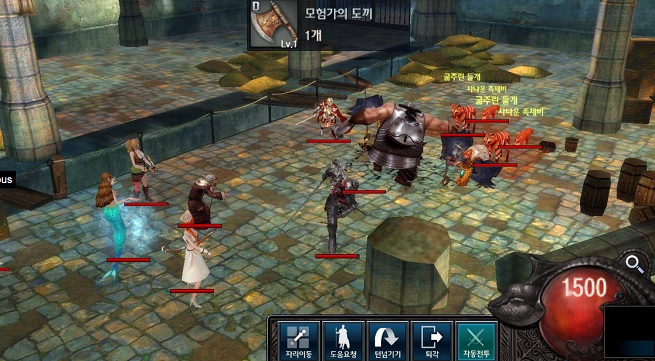
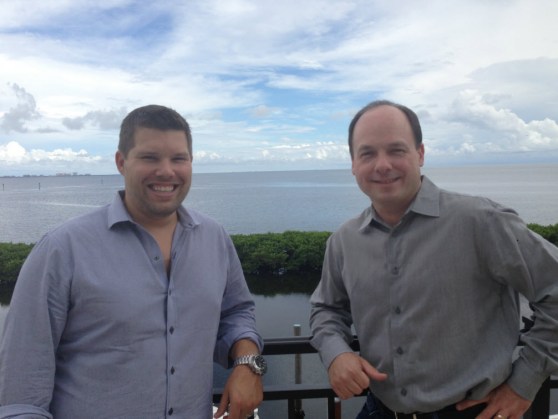
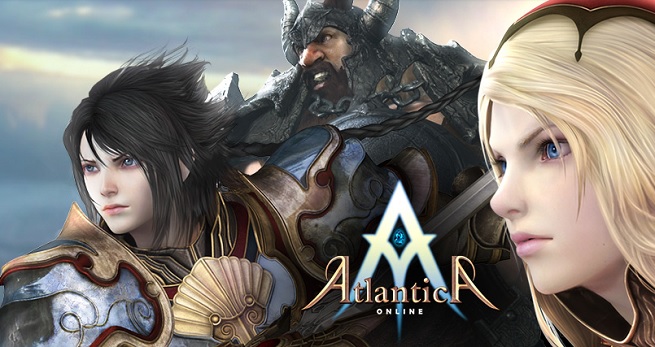
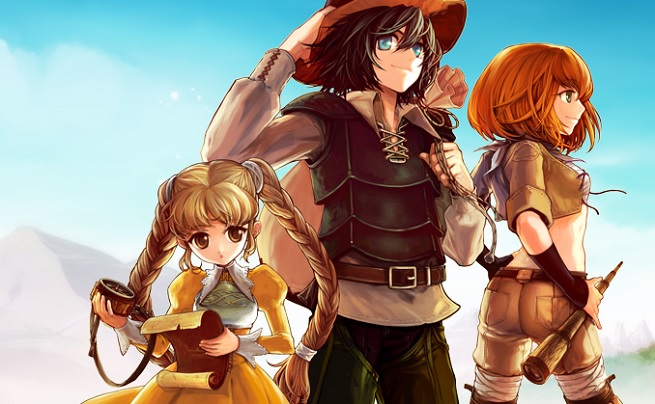

![Reblog this post [with Zemanta]](http://img.zemanta.com/reblog_e.png?x-id=7516a2c8-f9ed-41b5-bdfe-e6bbd80375c6)
